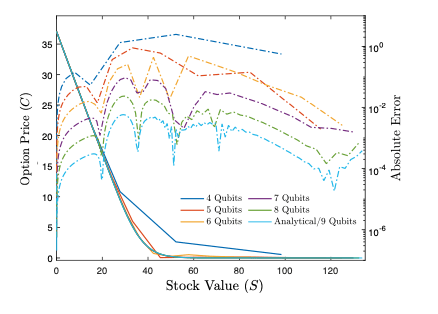MIT physicists have achieved a remarkable breakthrough by capturing the first direct images of individual atoms interacting freely in space. This groundbreaking achievement, published in Physical Review Letters, makes visible the elusive quantum effects that have previously only existed in theoretical predictions.
The researchers developed an innovative technique called “atom-resolved microscopy” that allows them to observe quantum interactions in real-time. This method involves first corralling atoms in a loose trap formed by a laser beam, where they can freely interact. The researchers then flash on a lattice of light to freeze the atoms in their positions before illuminating them with a second laser. The atoms’ fluorescence reveals their individual positions.
The team successfully applied this imaging technique to directly observe interactions among both bosons and fermions, the two fundamental types of particles. Bosons, such as sodium atoms, were observed “bunching” together, sharing the same quantum state in what’s known as a Bose-Einstein condensate. This bunching behavior confirms the long-predicted wave-like character first hypothesized by physicist Louis de Broglie, which helped spark modern quantum mechanics.
Meanwhile, imaging clouds of lithium atoms (fermions) revealed their natural tendency to repel their own kind while forming pairs with different fermion types—a coupling mechanism related to superconductivity that scientists could directly visualize for the first time.
“This kind of pairing is the basis of a mathematical construction people came up with to explain experiments. But when you see pictures like these, it’s showing in a photograph, an object that was discovered in the mathematical world,” notes study co-author Richard Fletcher. “So it’s a very nice reminder that physics is about physical things. It’s real.“
Two additional research teams reported similar breakthroughs in the same journal issue, including work led by Nobel laureate Wolfgang Ketterle from MIT and another team from École Normale Supérieure in Paris.
The researchers plan to apply this powerful new imaging technique to visualize more exotic phenomena like “quantum Hall physics,” potentially verifying theoretical predictions about complex quantum states that have thus far defied complete mathematical description.
Reference: “Measuring Pair Correlations in Bose and Fermi Gases via Atom-Resolved Microscopy” by Ruixiao Yao, Sungjae Chi, Mingxuan Wang, Richard J. Fletcher and Martin Zwierlein, 5 May 2025, Physical Review Letters. DOI: 10.1103/PhysRevLett.134.183402
Original article in SciTechDaily.




